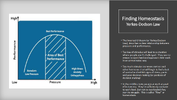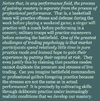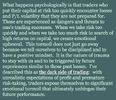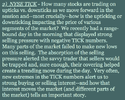- Joined
- 28 December 2013
- Posts
- 6,392
- Reactions
- 24,319

If you are primarily or exclusively a chart/technical based trader, which Mr Skate is and which dominates this thread, then your employment of risk management tools is even more critical than a trader who employs additionally macro fundamental tools.
Further to @ducati916 remarks, the SAP Strategy uses a combination of powerful technical indicators, filters, and trading rules to generate buy and sell signals. The strategy is based on a mix of trend-following and momentum-based indicators, to identify potential trading opportunities.
The SAP Strategy is a rules-based approach to remove the emotional side of trading that identifies trends with momentum to take advantage of market movements while minimising risk. One of the key features of the SAP strategy is its extensive use of filters. Filters are used to weed out potential false signals and to ensure that only high-quality trading opportunities are taken.
Another important aspect of the SAP strategy is its use of market breadth. The strategy trades when 50% of the companies in an index are rising and exits when the positions fail to follow through. This unique approach helps to ensure that the strategy is only trading in markets that are exhibiting strength, rather than trying to pick tops and bottoms.
At this stage, I believe using a new and unique combination of technical indicators, and filters, with precise trading rules, the SAP Strategy will be able to generate high-quality trading signals that can help to increase the profitability of this portfolio.
However, it is important to note that no trading strategy is perfect, and traders should always use proper risk management techniques to ensure that they are not taking on too much risk.
Skate.














